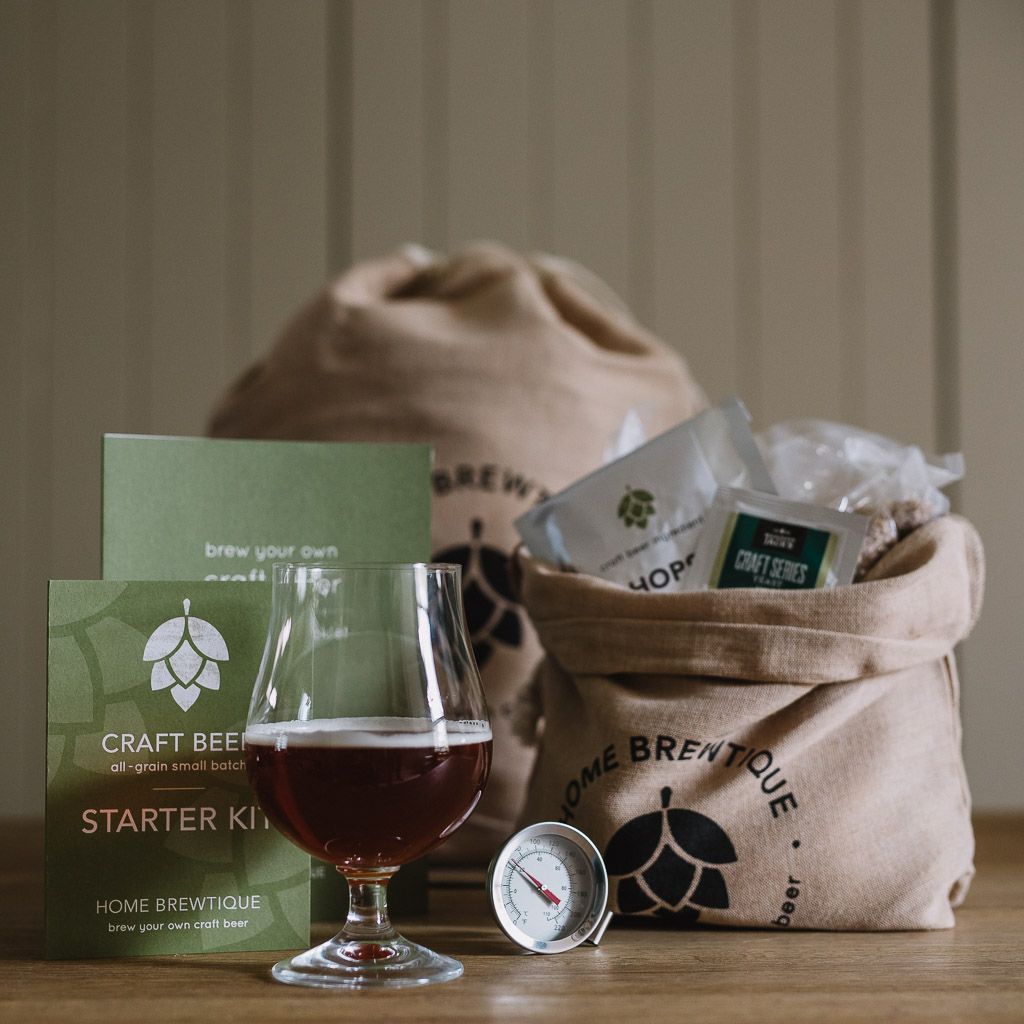

We brew in a more advanced manner, mainly because of our equipment and the batch size.

We have a walk in cooler and a sewer in the middle of the room. We have leased a room, that was a cheesemaking facility before. I was thinking to make one myself for a while. then look for finings to take care of the last little details. protein haze, polyphenol haze, etc.? Rather than just focusing on fixing haze at the end of the brewing process, look for ways to reduce haze during the brewing process. since you already do it, try adding a hose and see if you see an improvement and report :) As far as fining it depends on what you are trying to clear up on the beer. I am well aware of hot side aeration and personally I don't do it, but I also know that boiling removes oxygen from the wort hence why we aerate post boil. Splashing from your mash tun to your kettle?. this adds the oxygen without forming too much foam. I've been testing different methods and one that is working great is to siphon the beer and create an air pocket to expose wort to oxygen.

Not really a problem to aerate your wort if you do it when the wort is cold, but I've moved away from splashing to avoid forming too much foam pre-fermentation and I've seen an improvement in head retention. The yeast will "clean up" after itself, helping with clarity and flavor I'm thinking that not opening the fermenter every day will help with reducing contamination - an air lock is your inexpensive friend! I've never seen the yeast scooped out of the fermenter before, but it's not necessary - the old yeast will die and fall to the bottom of the barrel, and there may be billions of viable yeast cells still working away in the stuff you throw away. adding 1/2-1 teaspoon of sugar to each bottle will result in inconsistent carbonation and bacterial contamination, which may result in excessive foaming." - The older method is what people tried here during Prohibition days, and lead to a lot of bottles becoming grenades. Adding sugar to each bottle individually would explain your exploding bottles - as Charlie Papazian says in his "The New Complete Joy of Home Brewing," from 1984: "Adding an excessive amount of priming sugar will result in overcarbonation and the possibility of exploding bottles. However, I'm wondering why you don't add the sugar directly into the bottling ("fermenting") bin, and then mix it with the beer just before bottling. Chlorine-based, Iodophor, San Star) 4) Water treatement, Calcium Chloride,Epson Salts, Gypsum (see step 4) 3) Stiring implement 4) Large Jug 5) Thermometer 6) Hydrometer 7) Scales to weigh out ingredients 8) Straining Bag (Mashing and Sparging bag) 9) Barrel and/or Bottles 10) Syphon tube 11) Metal bottle tops (if using bottles) 11) Gadget to get metal tops onto bottles (if using bottles)ġ Imperial Gallon = 4.456 Litres 1 US Gallon = 3.785 Litres Also a large pan would work 2) Fermentor/Bucket to hold 5 Imperial Gallons/25 Litres 3) Sterilizer (eg Sodium Metabisulphite. One used in picture is metal with a heating element in the bottom.
#How to homebrew beer guide full#
Full list of kit: 1) Boiler/Mash Tun to hold 5 Imperial Gallons*/25 Litres. You can also store the finished product in beer bottles (bottle conditioned).

The main kit you'll need is a container to heat the liquid in(metal one in the picture), another large bucket/bin type container to transfer the liquid into(white in picture) and a final beer barrel to store (rack) the beer into.


 0 kommentar(er)
0 kommentar(er)
